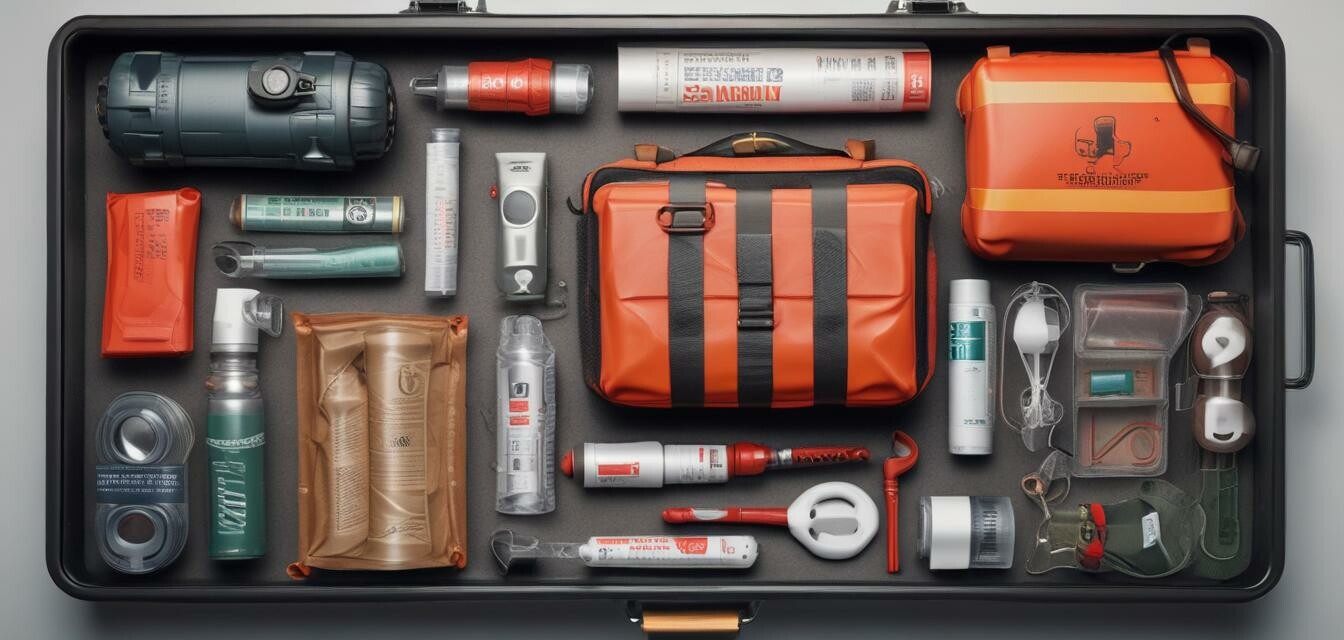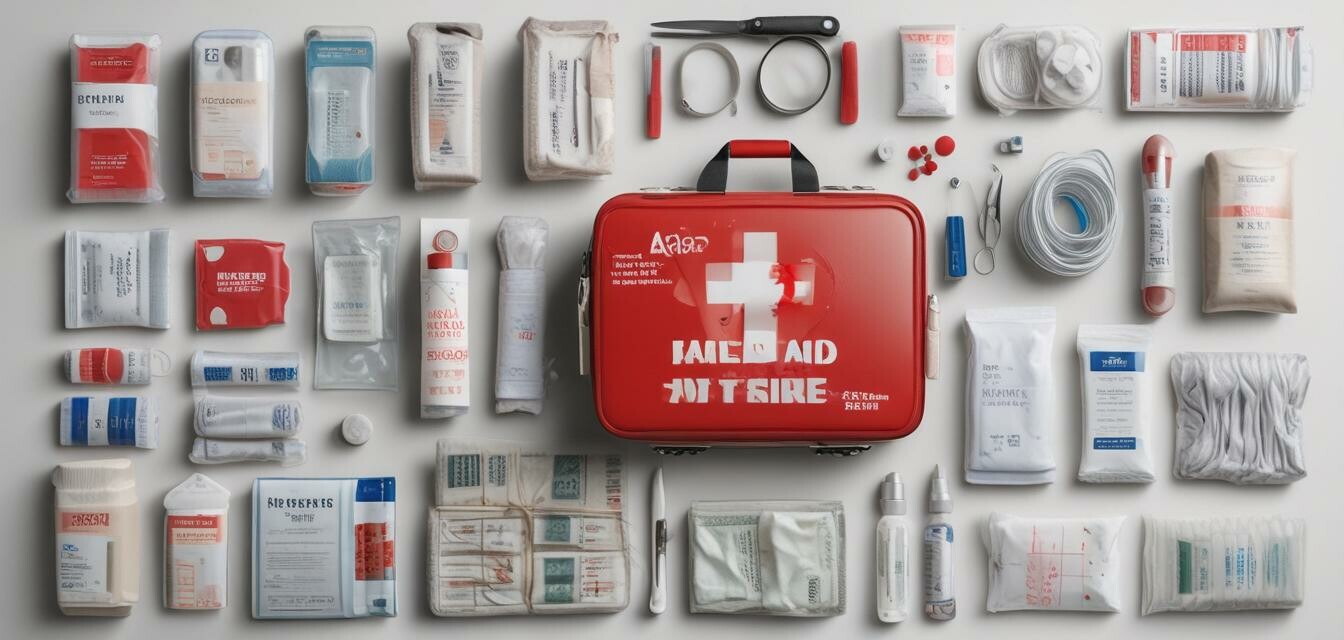
Vehicle emergency kits
Key Takeaways
- Vehicle emergency kits are essential for safety during unexpected situations.
- Include items such as first aid supplies, tools, and food in your kit.
- Regularly check and update your kit to ensure items are functional.
- Customization based on your environment and travel habits is crucial.
Being prepared for emergencies while on the road can make a significant difference in ensuring your safety and well-being. A well-stocked vehicle emergency kit can provide the necessary supplies to handle unexpected situations. In this article, we will explore the must-have items for vehicle emergency preparedness and how to assemble a kit tailored to your needs.
Why You Need a Vehicle Emergency Kit
Accidents and breakdowns can happen at any time, and being prepared can help you manage these situations effectively. Here are some reasons why having a vehicle emergency kit is crucial:
- Safety: A well-equipped kit can help you address injuries or vehicle issues promptly.
- Peace of Mind: Knowing that you have the essentials can ease anxiety during uncertain situations.
- Cost-Effective: Handling minor issues yourself can save you money on roadside assistance.
Essential Items for Your Vehicle Emergency Kit
When assembling your vehicle emergency kit, consider including the following items:
| Item | Purpose |
|---|---|
| First Aid Kit | For treating minor injuries. |
| Flashlight | To provide light in dark situations. |
| Jumper Cables | To jump-start a dead battery. |
| Road Flares | To alert other motorists in case of a breakdown. |
| Multi-tool | For various repair tasks. |
| Water and Non-Perishable Food | To stay hydrated and nourished if stranded. |
| Blanket | To keep warm in cold conditions. |
| Spare Tire and Jack | For changing a flat tire. |
How to Assemble Your Vehicle Emergency Kit
Creating your vehicle emergency kit can be straightforward. Follow these steps to ensure you have a comprehensive kit:
- Choose a Container: Select a durable, waterproof container to store your items.
- Gather Essential Items: Refer to the list above and collect all the necessary supplies.
- Organize Your Kit: Place items in a way that allows for easy access; consider using smaller bags within the main container.
- Regularly Check Your Kit: Every few months, inspect your kit to replace expired items and check functionality.
- Customize Your Kit: Tailor your kit based on the environment you drive in (e.g., winter gear for snowy regions).

Storage and Maintenance Tips
Proper storage and maintenance of your vehicle emergency kit are essential for ensuring that everything is in working order when you need it. Here are some tips:
Beginner's Section
- Store your kit in a location that is easy to access, such as the trunk or under a seat.
- Keep your kit away from extreme temperatures; avoid storing it in direct sunlight.
- Regularly update items, especially food and first aid supplies, to ensure everything is fresh.
- Consider adding personal items such as medications or comfort items that may help you.
Additional Resources
For more information on specific types of emergency supplies, check out our other related guides:
- Emergency Food Supplies
- First Aid Kits
- Navigation and Communication Devices
- Shelter and Sleeping Gear
- Survival Tools and Gadgets

Conclusion
As you prepare your vehicle emergency kit, remember that being organized and proactive can make a significant difference in your safety on the road. Equip yourself with the right tools and supplies, and take the time to regularly check your kit. By doing so, you ensure that you are ready for whatever comes your way. Stay safe!
Pros
- Enhances safety during road trips.
- Provides peace of mind knowing you are prepared.
- Can save time and money on roadside assistance.
Cons
- Initial investment in supplies can be costly.
- Requires regular maintenance and updates.









